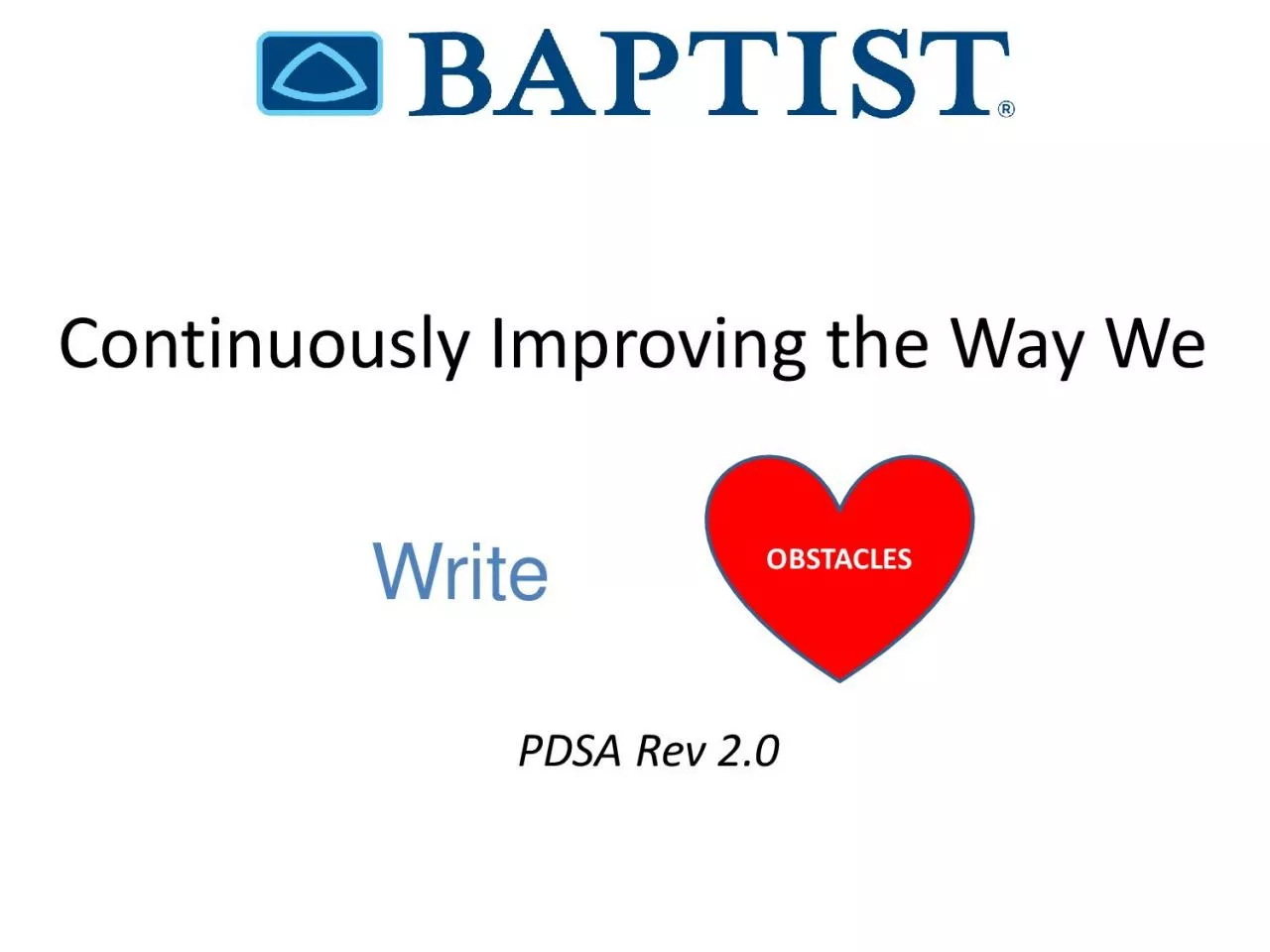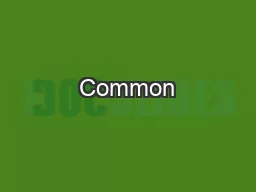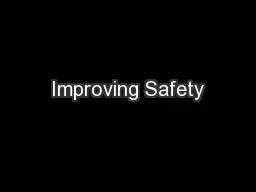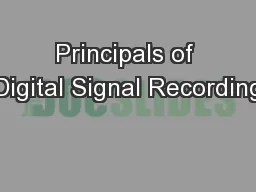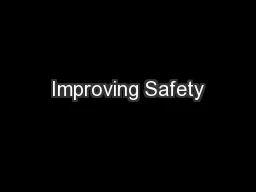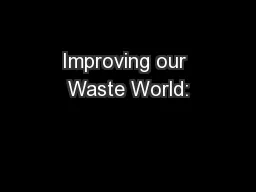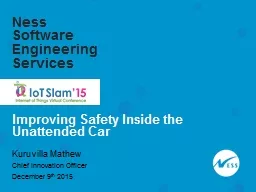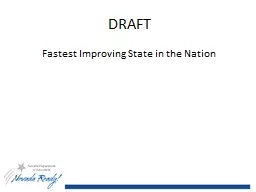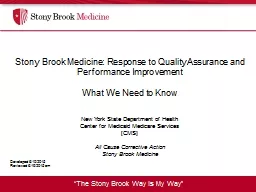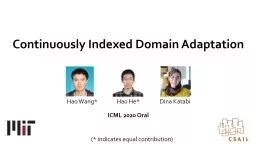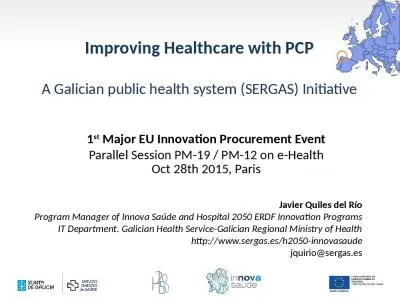PDF-Continuously Improving the Way We
Author : haroublo | Published Date : 2020-11-20
Write OBSTACLES PDSA Rev 20 OBSTACLES Obstacles are the HEART of the Matter 1 2 3 4 The Steps of the Improvement Kata Frame and build upon one another Each step
Presentation Embed Code
Download Presentation
Download Presentation The PPT/PDF document "Continuously Improving the Way We" is the property of its rightful owner. Permission is granted to download and print the materials on this website for personal, non-commercial use only, and to display it on your personal computer provided you do not modify the materials and that you retain all copyright notices contained in the materials. By downloading content from our website, you accept the terms of this agreement.
Continuously Improving the Way We: Transcript
Download Rules Of Document
"Continuously Improving the Way We"The content belongs to its owner. You may download and print it for personal use, without modification, and keep all copyright notices. By downloading, you agree to these terms.
Related Documents

